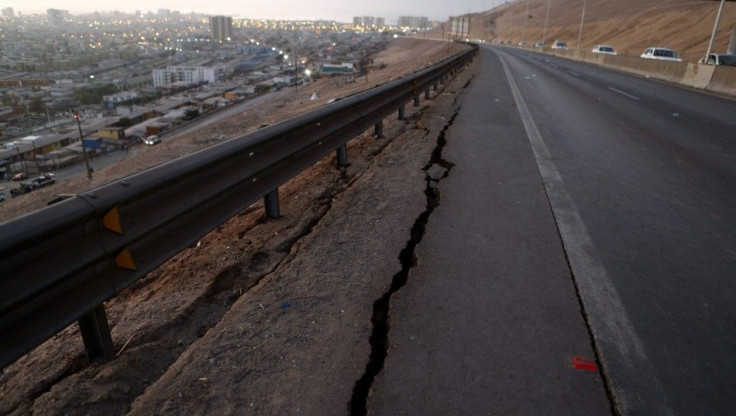Global Rate, Intensity of Earthquakes on the Rise; Revives End-of-the-World Doomsday Speculations

Is doomsday end of the world just lurking around? The current year 2014 is shaping up to be the year when the most number of strong earthquakes occurred, a new study found.
A new study by researchers from the U.S. Geological Survey (USGS) has observed that the first quarter alone of 2014 has yielded more than twice as many big earthquakes compared with the average since 1979.
The report said that since 1979, the average rate of big quakes, described as having larger than magnitude 7, has been 10 instances annually, then rising to 12.5 per year in 1992. By 2010, the rate jumped to 16.7 per year, showing a whopping 65 per cent jump over 1979.
But these fared on annual terms. By 2014, the increase accelerated in just the first three months already.
"We have recently experienced a period that has had one of the highest rates of great earthquakes ever recorded," Tom Parsons, lead study author and a research geophysicist with the U.S. Geological Survey (USGS), told Live Science's Our Amazing Planet.
The study, published online on June 21 in the journal Geophysical Research Letters, likewise found that temblors smaller than magnitude-5.6 band together on a global scale.
Parsons told Live Science the steady rise in earthquakes is similar to the results of flipping a coin. "Basically, we can't prove that what we saw during the first part of 2014, as well as since 2010, isn't simply a similar thing to getting six tails in a row," he said.
A USGS report said that since 1900, every year has averaged around 15 magnitude-7 quakes, or about one every three weeks, and 134 magnitude-6 temblors, and so on.
For this year 2014, the recent major earthquakes have been the magnitude-8.2 in Chile on April 1 and the magnitude-7.2 quake in Mexico on April 18.




















